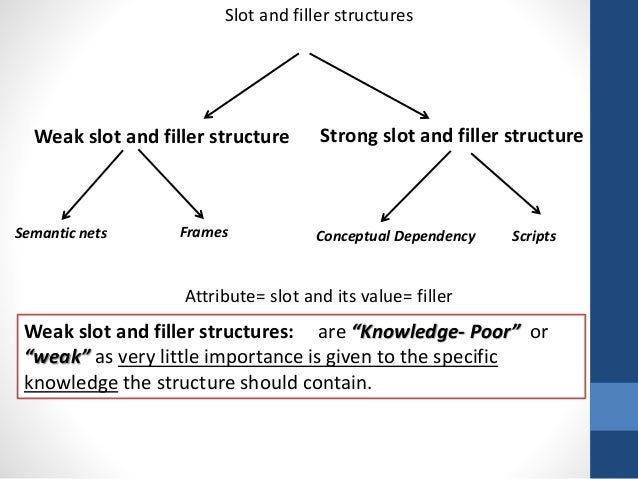Slot And Filler Model
Day 22.
- Slot And Filler Model of our reload bonuses on nearly every single day of the week. Don’t miss slot races that have some Slot And Filler Model of the most competitive flairs you can find with online casinos. Enjoy your favorite games with free spins during both working days and weekends.
- Fills or covers empty slots in chassis or controllers to improve or maintain system performance. The Slot Filler occupies slots not in use in compatible PXI, CompactRIO, and CompactDAQ chassis and controllers. Slot Fillers include filler panels, slot covers, and blank, nonfunctioning modules. Select Product Item Add Options Add Software.
The Model Shipways Fair American model ship kit has some tight curves at the bow, so the plans call for adding some filler blocks.
New Customers only; Min. Deposit £15 (no Skrill/Neteller); Use code CHIP10; Wager the bonus amount 40x within Slot And Filler Model 15 days Slot And Filler Model to convert bonus winnings into real Slot And Filler Model money; Max winnings = 10x bonus amount; Real money balance wagered first; Bonus amount shall be deducted from any converted winnings; Withdrawing your real Slot And Filler.
These filler blocks are shaped pieces of solid wood that fit between the bow and the first bulkhead. They are pretty simple, but require a lot of carving and sanding.
I started by cutting a block to the be about the right size. I clamped it into place, and tracked the shape of the first bulkhead onto the block. I cut that out using a small hand saw.
Next I used a Dremel with a sanding drum attached to rough in the overall shape. I left some extra material on there – I was just trying to get it roughly to the right size and shape.
The piece was then glued in.
The bow filler block is cut roughly to shape.
Once the glue was dry and the piece was secure, I sanded it by hand with some 80 grit sandpaper, followed by finer grits as the shape got closer. The goal is to create a smooth curve from the first bulkhead down to the rabbet line at the keel in the bow.
Once it is glued in, the filler block is sanded by hand to match the desired curves.
Slot And Filler Models
With the piece properly shaped and sanded smooth, I repeated the process for the other side.
The final step is to install the timberheads and knightheads. On the Fair American, these look just like the tops of the bulkheads – little posts that come up and will form the supports for the bulwarks later on.

Slot And Filler Model

When the hull is planked, the wooden strips for planking will need to bend to match the curve around the bow. Since this curve is pretty tight, these extra supports give us something to attach those planks to.
The timberheads and knightheads are shaped a little different, but the plans indicate that you can simply make them both identical if desired (since they will be covered by planking). I chose to take that route.
I started by shaping some 3/16″ thick wood strip to have the right curve for the timber heads. Then I held these up against the filler block and traced their outline onto the block. Using a couple different knife blades, I carved out a slot to hold the new piece.
The piece was then glued in, and everything was sanded down. This was repeated for a total of four pieces – two on each side.
Like the bulkheads, I roughed in the fairing, and will come back and do a final fairing on all these right before I start the hull planking.
The timberheads and knightheads are glued into place.